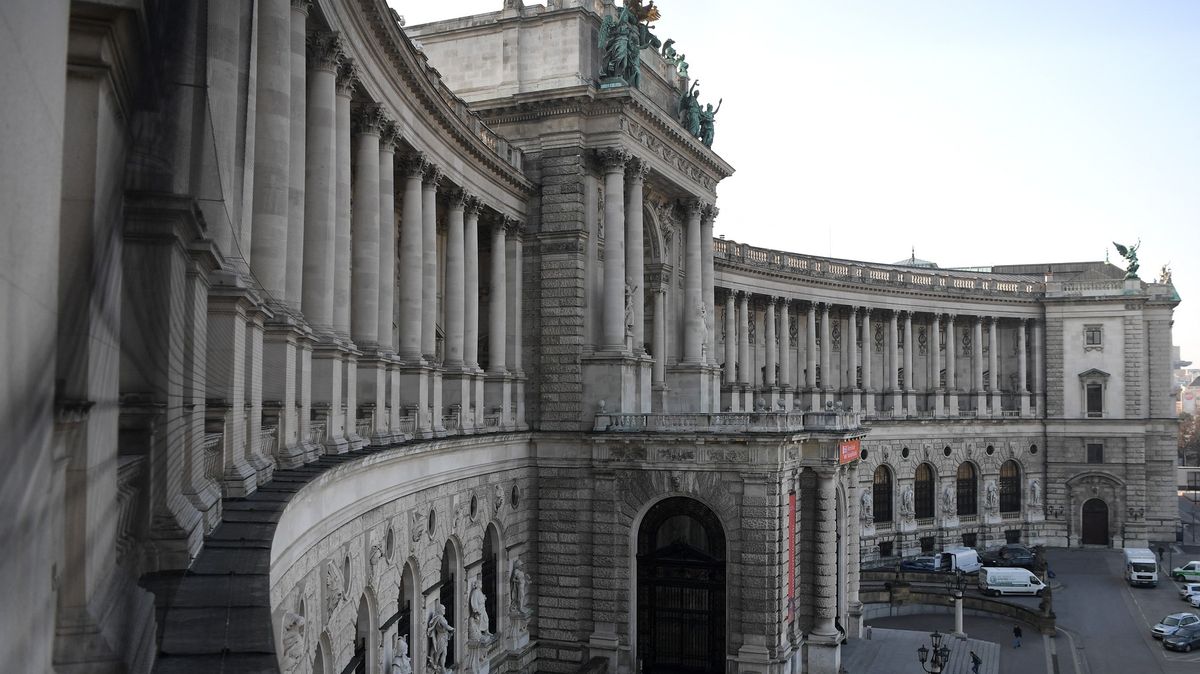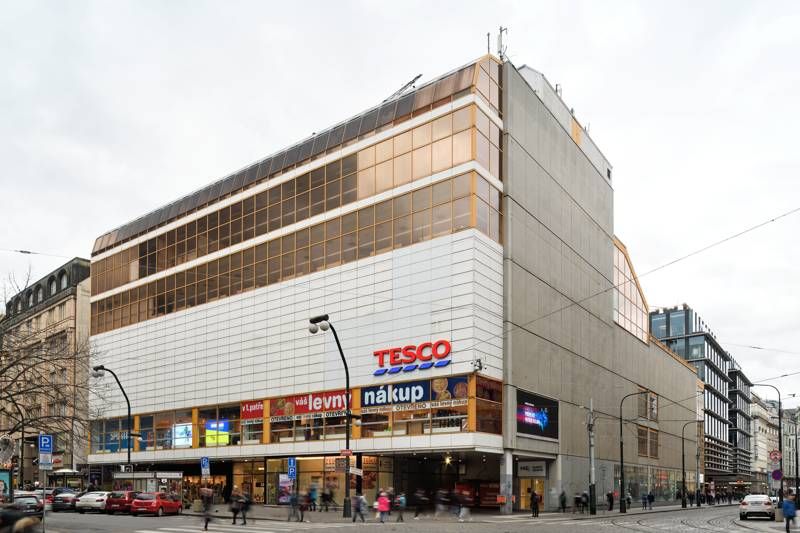In 1938, Adolf Hitler announced Austria’s incorporation into the Third Reich as part of the Anschluss, much to the excitement of Austrian audiences. Now, the project of the Museum of Austrian History, which examines the history of Austria from the breakup of Austria-Hungary to the present day, is trying to make the balcony accessible.
The “Hitler Balcony” is located in one wing of the Hofburg, a palace complex in the center of Vienna. From an architectural point of view, it is more of a terrace above the entrance. It was built at the end of the 19th century in the last years of the Habsburg rule before the start of World War I and the collapse of Austria-Hungary. In the interwar period, the square where the balcony opened became the center of various opinion meetings and demonstrations. Representatives of political forces across the political spectrum – nationalist, socialist, but also fascist – spoke about it. Thanks to them, the balcony became a central symbol of the country’s Nazi history.
The House of Austrian History wanted to open a balcony in Vienna’s Hofburg palace to museum visitors.
A very different person stepped on it: Adolf Hitler. https://t.co/SifMfBG6wq
— DW News (@dwnews) March 17, 2021
Adolf Hitler made the balcony famous with his ascent into an Austrian crowd of nearly 200,000 enthusiastic Austrians on March 15, 1938. He announced there that his “home country joined the Third Reich.” In the following years, Austrians went to the square in front of the palace to commemorate the Anschluss every year.
After World War II, the balcony was closed. Long after the end of World War II, Austria refused to assume responsibility for its role in Nazi history. This only started to change in the 1990s. In 1992, the balcony was opened to the public for the first and last time. It was then that Holocaust survivor and Nobel Peace Prize winner Elie Wiesel performed there. In his speech, he called for zero tolerance of racism and encouraged Austria to self-reflect on its own Nazi history. He also mentions the role of the balcony itself. “The balcony is okay. It’s just a symbol, nothing more. Purification, change, can’t come from the balcony. It has to come from below,” he said in a speech.
The Austrian History Museum project rightly mentions the confrontation with its own history as one of the main reasons why the balcony should be accessible to the public. Its director, Monika Sommerová, mentions that Austrians will be able to remember their shared history, support the country’s democratic principles and break social taboos. He also promised other companion programs, for example in the form of educational programs.
According to Sommerová, there is also a great view from the balcony. “It’s an amazing view from the balcony and a very, very good opportunity to talk to people about what democracy means,” he added.
As part of the initiative to open balconies, the project decided to create a public opinion poll where people could vote or decline to provide them. More than 60,000 people have participated so far. Most want to open (almost 51,000). People can also specifically website come up with ideas on how the balcony will look in the future.
However, Sommerová doesn’t know if it will ever open. He stressed, from the point of view of security and balcony statics must also be considered. Nevertheless, he believed in his opening.
But the most famous “Hitler balcony” is not the only one in Vienna. Another balcony from which the Nazi leader stepped out in 1938, for example, is that of the nearby Vienna City Hall. It happened on April 9th. The original wooden balcony was later rebuilt into a stone balcony. Activists called for its demolition in 2018, eighty years since the Anschluss.

“Tv nerd. Passionate food specialist. Travel practitioner. Web guru. Hardcore zombieaholic. Unapologetic music fanatic.”







